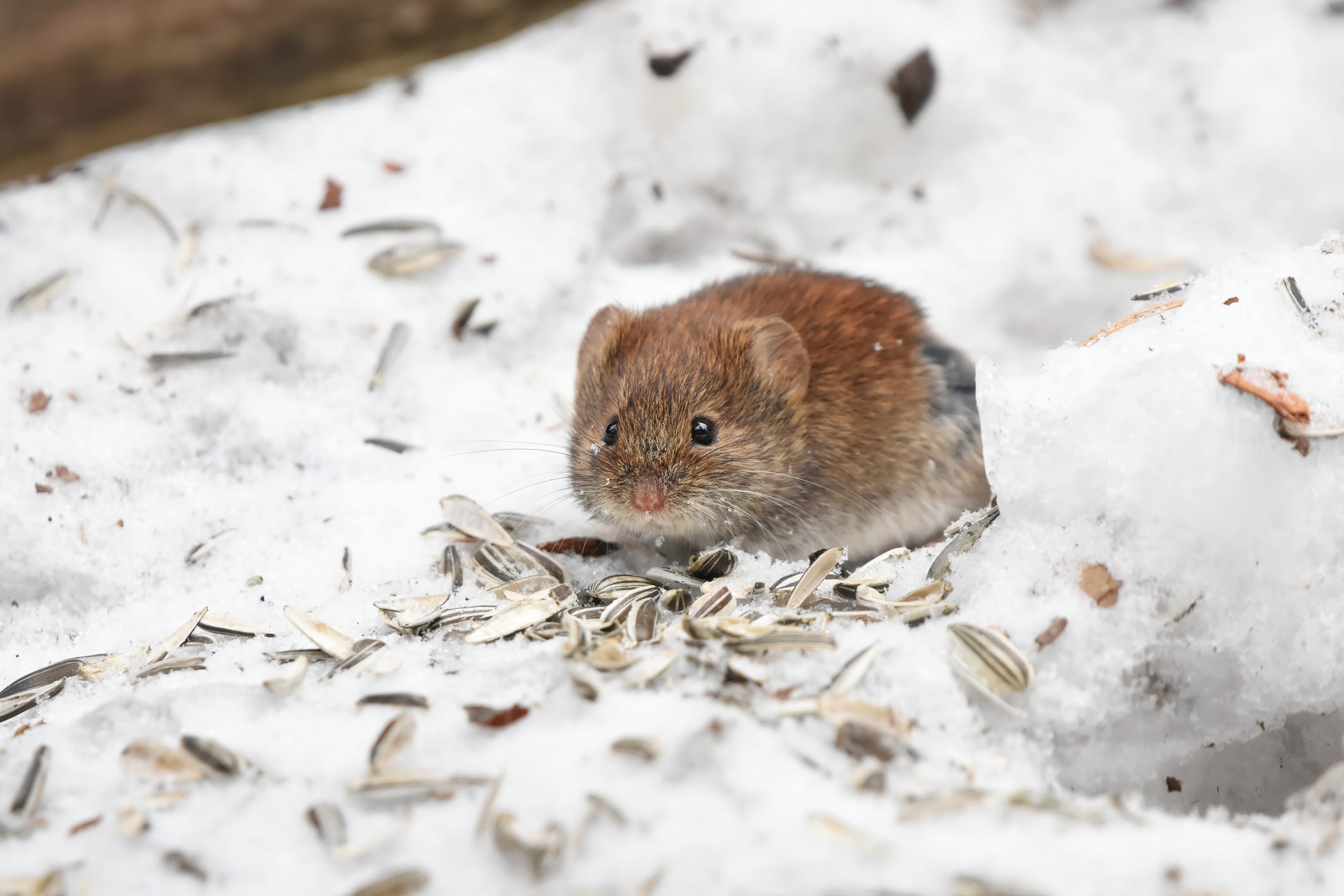5 Reasons You Need Pest Control in the Winter
As the temperatures drop and the snow begins to fall, it’s commonly assumed that pest activity significantly decreases, if not disappears, during the winter. However, this is far from the case. In fact, a variety of pests are very active in the winter as they try to make your home into their home. But this doesn’t have to be true when you get winter pest control services.
To best remove your winter pest problem, you’ll need to understand what pests will seek your property for shelter and why they will do so. Allow our Clegg’s Pest Control team to show you five key reasons you need pest control for your North Carolina home this winter.
Common Household Bugs in North Carolina
Before we can go into why winter pests infest homes across North Carolina, we must identify which ones are infesting homes. Knowing what pests can find their way into your home this winter can better set up a more effective solution for their removal. Some of the most common winter pests in North Carolina are:
- Ants
- Rodents
- Cockroaches
- Termites
- Stink bugs
- Spiders
Reasons Pest Control in the Winter is Important
After you realize what pests the winter can bring, it’s time to understand why these pests try to find their way into your home. After all, pests might find your home an appealing place to take shelter for a wide range of reasons. Continue reading for five reasons winter pest control is so important in North Carolina.

1. Mice and rats seek shelter in your home.
In an attempt to find warmth through the winter, mice and rats are among the most common pests found in homes during the winter. In addition to shelter, they try to find spaces where food and water are easily accessible, which can very well be your home. They find their way in through cracks and crevices found across your property. This is why it’s so important to have these openings sealed by professional help.
2. Pests try to live rent-free in your walls.
Contrary to popular belief, a wide variety of pests can survive the winter and remain active within your home. This is because wall-dwelling pests are not affected as much by the cold weather as other pests are. Among the typical winter wall-dwelling pests found across North Carolina include termites, cockroaches, and earwigs.
3. Wood-destroying pests still linger.
Even through the winter, wood-destroying pests such as carpenter ants and termites can find their way into your firewood and additional lumber. Carpenter ants don’t eat wood but carve into wood to make nests. Termites are notorious for eating away at wooden home structures, furniture, and more. Either way, these invasive pests are never welcome in the home and should be removed through winter pest control.
4. Attic and basement spider infestations still happen too.
Although the attic and basement of your home are usually colder and steer away more pests than other areas, they are far from pest-free. Spiders and their eggs can survive the colder conditions of attics and basements much better than other pests found throughout the winter. As these are commonly missed areas in the house, ensure you get your attic and basement inspected and treated.

5. Winter pest control better prevents spring pest infestations.
Alongside providing shelter for pests active in the winter, your home can also host a wide range of spring pests. Common spring pests in North Carolina include wasps and mosquitoes, among many others. It’s in your best interest to have professional pest control technicians perform thorough inspections to remove any future pest problems before the snow melts.
Winter Pest Control Tips
Unlike summer pests that are frequently out and about, most winter pests are in hiding to seek warmth and shelter away from human activity. This makes removing winter pests in your home all the more difficult. However, there are ways you can better prevent an infestation from happening. Let us share with you a few winter pest control tips to help you get started
- Properly store firewood away from the house.
- Keep food away in airtight containers.
- Clear out clutter from all areas of the house.
- Seal away potential entries across your property.
- Keep your home clean regularly.
- Eliminate excess moisture from areas prone to sheltering pests.
However, when you need the best results in removing winter pests from your home, there’s no better solution than going to professional pest control services for help.
Request Winter Pest Control Services With Clegg’s Pest Control
Thankfully, the ideal North Carolina winter pest control solution is only a call away at Clegg’s Pest Control. Our expert technicians are equipped with the right tools and knowledge to remove and prevent further pest infestations in your home. Along with same-day availability, we offer services on weekends and evenings to best eliminate your pest problems at your convenience.
To request our winter pest control services, find your nearest service location or contact our team online today!
